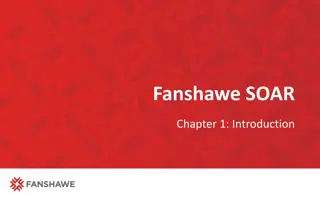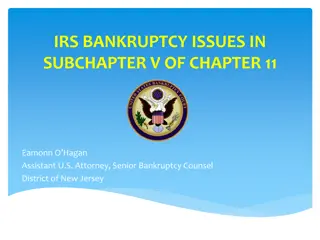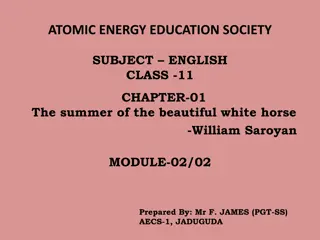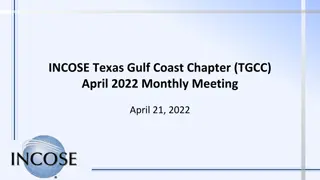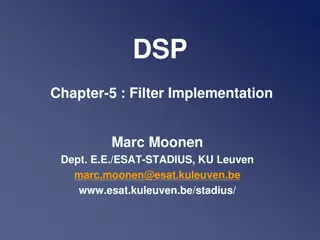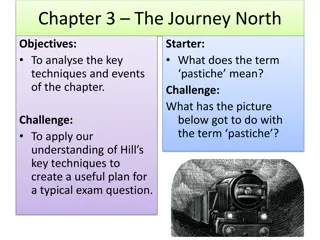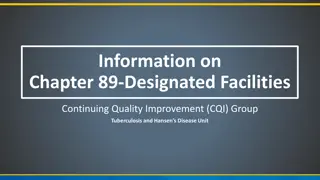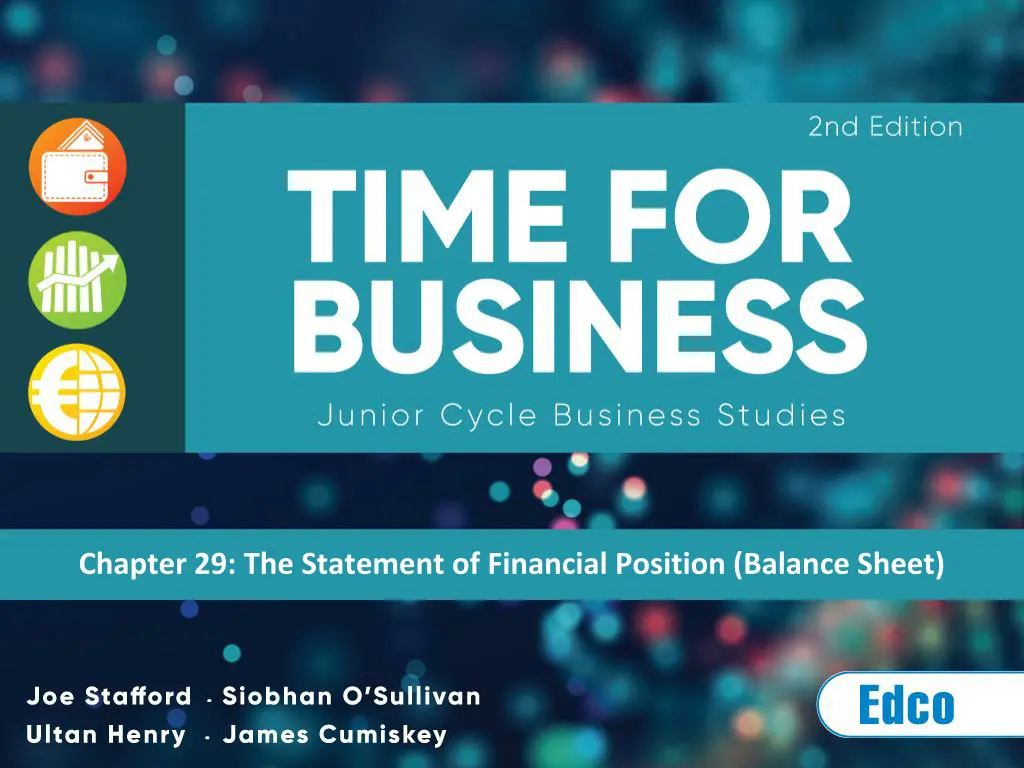
Understanding the Statement of Financial Position in Business
Explore the significance of the statement of financial position (balance sheet) in business operations, including fixed assets, current assets, liabilities, and capital. Gain insights into the elements and preparation of this essential financial document.
Download Presentation

Please find below an Image/Link to download the presentation.
The content on the website is provided AS IS for your information and personal use only. It may not be sold, licensed, or shared on other websites without obtaining consent from the author. If you encounter any issues during the download, it is possible that the publisher has removed the file from their server.
You are allowed to download the files provided on this website for personal or commercial use, subject to the condition that they are used lawfully. All files are the property of their respective owners.
The content on the website is provided AS IS for your information and personal use only. It may not be sold, licensed, or shared on other websites without obtaining consent from the author.
E N D
Presentation Transcript
Chapter 29: The Statement of Financial Position (Balance Sheet)
Chapter 29 Learning intentions In this chapter you will learn to: Outline the purpose of a statement of financial position (balance sheet) and list its main elements Distinguish between fixed assets, current assets and creditors falling due within one year Explain the term working capital and understand its significance Distinguish between authorised share capital and issued share capital Prepare a statement of financial position (balance sheet) Illustrate the impact of adjustments to final accounts Prepare a complete set of final accounts Prepare a set of final accounts for a not-for-profit organisation. Textbook page reference: 336
Chapter 29 The statement of financial position (balance sheet) The statement of financial position (balance sheet) illustrates the year-end value of a business s assets and liabilities (creditors) and outlines details of where it gets its money from (its capital structure). Textbook page reference: 337
Chapter 29 The statement of financial position (balance sheet) Assets are items of value owned by the organisation. Textbook page reference: 337
Chapter 29 The statement of financial position (balance sheet) Liabilities refers to money owed by the organisation. Textbook page reference: 337
Chapter 29 The statement of financial position (balance sheet) Capital is all the money invested in the organisation and used to generate income. It comes from shareholder investments, long-term borrowings and retained profits (reserves). Textbook page reference: 337
Chapter 29 What is in the statement of financial position? 1. Fixed assets 2. Current assets 3. Creditors falling due within one year 4. Working capital 5. Total net assets 6. Capital employed Textbook page reference: 337
Chapter 29 Fixed assets These are items owned by a business and intended for long-term use, such as premises, equipment, vehicles, etc. They may depreciate over time and their valuations in the statement of financial position will need to be reduced. Textbook page reference: 337
Chapter 29 Current assets This is cash or any asset that can be converted to cash in the short term (within one year), e.g. debtor. Textbook page reference: 337
Chapter 29 Debtor The term debtor refers to someone who owes money to another person or business, usually because they have been sold goods or services on credit. Textbook page reference: 338
Chapter 29 Creditors falling due within one year (current liabilities) These are short-term debts owed by the business. A creditor is someone that an organisation owes money to, usually because they have sold goods or services to the organisation on credit. Textbook page reference: 338
Chapter 29 Working capital Working capital provides a good indication of a business s short-term liquidity. Textbook page reference: 338
Chapter 29 Liquidity Liquidity refers to cash flow and shows whether the business can generate enough short-term income to pay its short-term debts. Textbook page reference: 338
Chapter 29 Total net assets This is also called net worth. It shows what the business would be worth if it were to sell its assets and pay its short-term debts. Textbook page reference: 338
Chapter 29 Capital employed Capital employed is the total of the financed by section of the statement of financial position (balance sheet). It sets out the capital structure of a business. Textbook page reference: 338
Chapter 29 Capital employed This section of the statement of financial position contains: Details of the business s share capital. Long-term loans taken out by the business. These are creditors falling due after more than one year and will not be repaid during the current financial year. Retained profits or reserves held by the business for future reinvestment. Capital comes from two main sources: investments by shareholders (equity capital) or borrowings (debt capital). Textbook page reference: 339
Chapter 29 Authorised vs. issued share capital When a company is being set up, its owners must set an upper limit for the amount of share capital that it can issue. This maximum limit is called the authorised share capital. Textbook page reference: 339
Chapter 29 Authorised vs. issued share capital The issued share capital of a company indicates the number of shares it has actually issued (sold) to date. Textbook page reference: 339
Chapter 29 Adjustments to final accounts Closing stock: The value of goods held in stock at the end of the financial year. This may be stock of raw materials or finished goods. Textbook page reference: 341
Chapter 29 Adjustments to final accounts Depreciation: A reduction in the value of a fixed asset due to age, usage, and wear and tear. Businesses generally write off a portion of the asset s value each year. Textbook page reference: 341
Chapter 29 Preparing final accounts, including adjustments Trading Account section of the income statement T An expense in the P&L section of the income statement P&L Exp Appropriation account section of the income statement App Statement of financial position (balance sheet) (fixed assets section) SFP (FA) Statement of financial position (balance sheet) (current assets section) SFP (CA) Statement of financial position (balance sheet) (a creditor falling due within one year) SFP (CFD) Statement of financial position (balance sheet) (financed by section) SFP (Fin) Textbook page reference: 342
Chapter 29 Final accounts of not-for-profit organisations Not-for-profit organisations such as clubs, charities and community groups also need to prepare final accounts. These accounts are used to support applications for loans and grants and to show members how money was received and spent during the year. Textbook page reference: 346
Chapter 29 Final accounts of not-for-profit organisations Textbook page reference: 346
Chapter 29 Recap and review Can you? Outline the purpose of a statement of financial position (balance sheet) and list its main elements Distinguish between fixed assets, current assets and creditors falling due within one year Explain the term working capital and understand its significance Distinguish between authorised share capital and issued share capital Prepare a statement of financial position (balance sheet) Illustrate the impact of adjustments to final accounts Prepare a complete set of final accounts Prepare a set of final accounts for a not-for-profit organisation. Textbook page reference: 336
Chapter 29 Credit slide Shutterstock



